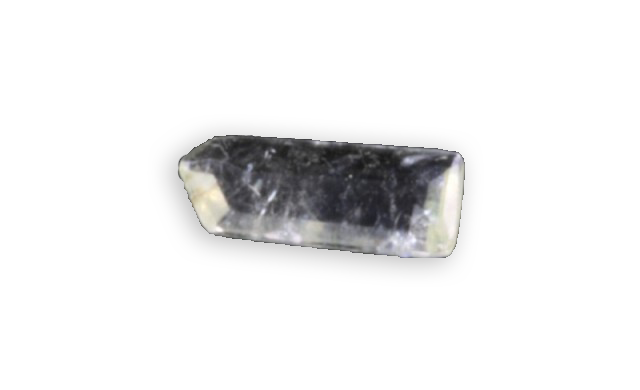
leucophanite
Its name comes from the Greek “Leucos” which means white and “phanen”, “which appears” in connection with its color often white. It was discovered in 1840 in Norway.
Je vous emmène à travers mes vidéos découvrir mon expérience acquise depuis plus de 30 ans a silloner le globe entier à la recherche de pierres précieuses, de rencontre mémorables mais aussi de difficulté parfois …

Its name comes from the Greek “Leucos” which means white and “phanen”, “which appears” in connection with its color often white. It was discovered in 1840 in Norway.
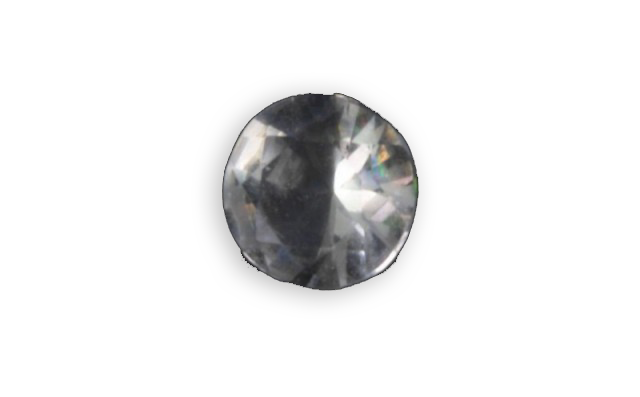
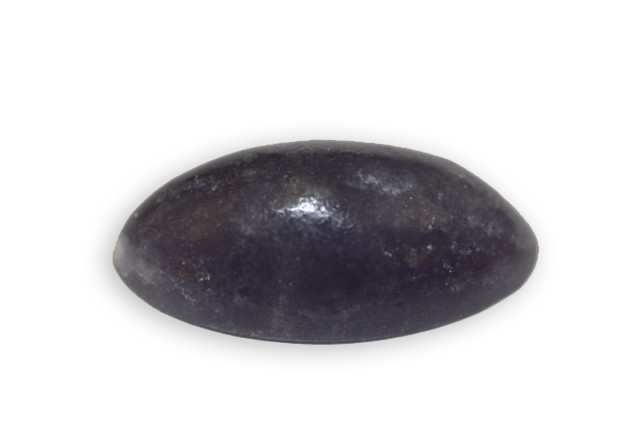
Its name comes from the Greek “lepidos” for scale and “lithos” meaning stone, meaning a stone formed of scales stacked in staircase shape. Discovered in Moravia, Czech Republic, it is very close to another mica called muscovite, and for some it is not really a
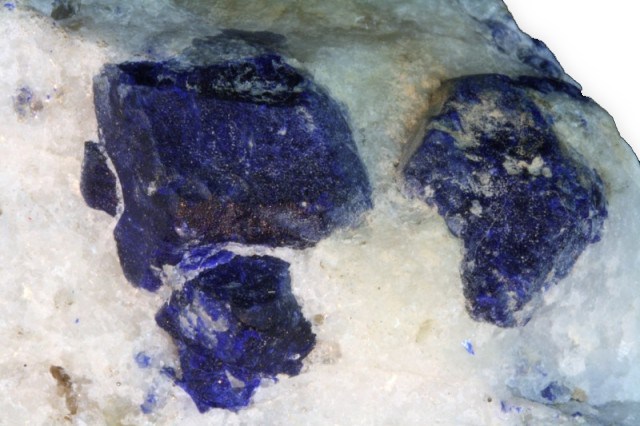
Discovered in 1890, its name comes from the Persian “Lazhward” which means blue. This is the main component of lapis lazuli, that gives it its beautiful ultramarine blue color. Pure crushed lazurite gives the blue pigment used since antiquity. The Egyptians went to Afghanistan to
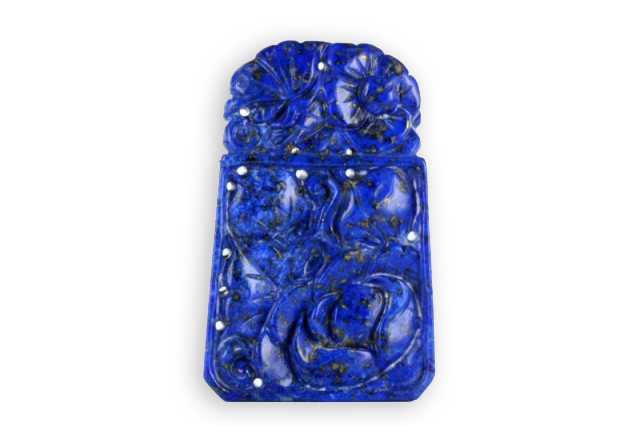
This is a rock of variable composition containing from 35 to 40% of lazurite (which gives it the beautiful blue color), sodalite, some nosean, some hauynite. Its name comes from the Arabic for “blue”. Azure blue color, greenish blue, dark purple, caused by sulfur, and
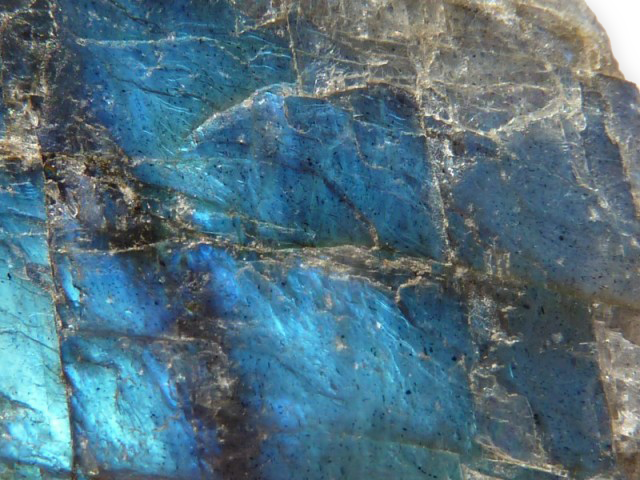
This plagioclase was discovered in 1770 in the Labrador region in Canada, which gave it its name. It is part of the albite-anorthite series. Its characteristic is a set of iridescent colors that can be observed by changing its position relatively to the light, this